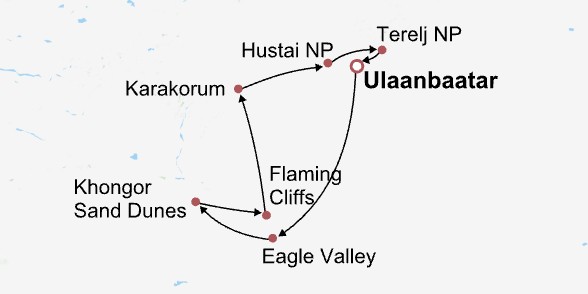Things to Know Before Exploring Asia
Basic Facts
Name: Asia
Area: 44,579,000 sq km (17,212,000 sq mi)
Location: Eastern Hemisphere, Northern Hemisphere
Population: 4.56 billion (2020)
Population density: 102/sq km (265/sq mi)
Languages: Chinese, Japanese, English, Arabic
Time zones: UTC+2 to UTC+12
Number of countries: 48
Main countries: China, India, Japan, Saudi Arabia, Mongolia, Turkey, Israel, Thailand, Vietnam, Singapore, South Korea…
Largest cities: Tokyo, Jakarta, Delhi, Mumbai, Seoul, Shanghai, Manila, Karachi, Beijing, Guangzhou, Osaka, Dhaka, Bangkok, Ho Chi Minh City, Istanbul, Dubai, Kuala Lumpur, Hong Kong, Colombo, Singapore…

Great Wall, China

Taj Mahal, India

Angkor Wat, Cambodia
Where is Asia?
Asia is the largest and most populous of the seven continents in the world. It covers 8.7% of the earth's total area and 29.4% of the total land area. Most of Asia lies in the northern and eastern hemispheres, facing the Pacific Ocean in the east, Indian Ocean in the south, and Arctic Ocean in the north. Asia is bounded with Europe on the west by the Ural Mountains, Ural River, Caspian Sea, Caucasus Mountains, and Black Sea. On the southwest, it is bounded with Africa by the Red Sea and Suez Canal. To the northeast, it faces North America across the Bering Sea, while to the southeast it faces Oceania by a long distance across the Timor Sea and Arafura Sea.
Best Time to Visit
Asia spans a wide latitude covering cold zone, temperate zone, and tropical zone. The vast territory makes the climate complex and diverse, with continental climate as the main, and distinct monsoon influence. East Asian countries like China and Japan are suitable to visit all year round, while summer time from June to August is the best time for visiting Mongolia. South and Southeast Asian destinations like India, Thailand, Cambodia, and Vietnam are best to be visited from October to the next March when it is the dry season with pleasant and cool weather. Spring from March to May and autumn from September to November are best seasons for traveling to West and Central Asia.
Natural Wonders to See
Both Mount Everest, the world's highest mountain, and the Dead Sea, the lowest point on land, are in Asia. With large area and huge height difference, Asia is rich in natural wonders, which make it a must-visit in one's life.
The wild Himalayas attract numerous hikers from all over the world to explore Nepal and Tibet. Guilin of China and Halong Bay of Vietnam offer spectacular karst landscape. Maldives, Bali of Indonesia, Phuket of Thailand, and Sri Lanka, are wonderful destinations for a seaside vacation.

Bhaktapur Durbar Square, Nepal

Halong Bay, Vietnam

Floating market, Thailand
History & Culture Tour
Asia is the cradle of human civilization. Three of the world's four great ancient civilizations originated in Asia. The fourth Nile civilization of ancient Egypt was also located at the junction of West Asia and North Africa. It is no exaggeration to say that it is Asia that has nurtured human civilization. Moreover, Asia is the birthplace of almost all the influential religions of the world, including the three major religions - Buddhism, Christianity, and Islam. The ancient civilizations have left inestimable cultural heritages for Asia, and they have also brought rich cultural travel experience to us.
You can go to the Great Wall of China, Taj Mahal of India, Angkor Wat of Cambodia, or Old City of Jerusalem to feel the profound historical connotation of Asia. However, you have to know that Asian culture is not only ancient. Here you can see everything most modern and up-to-date. If interested, you can travel to Hong Kong, Tokyo, or Shanghai to have a look.
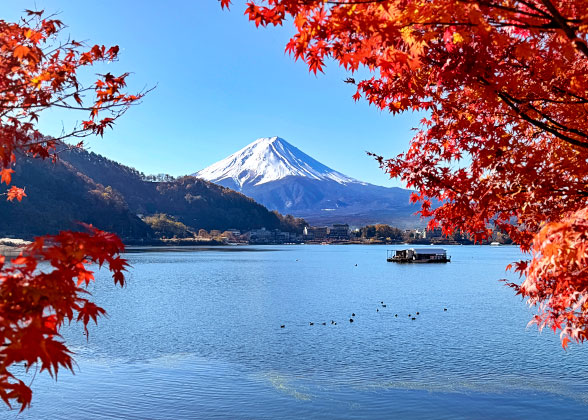 Japan Panorama in Depth10 Days Tokyo - Mt. Fuji - Takayama - Shirakawa-go - Kanazawa - Kyoto - Nara - Hiroshima - Osaka from USD4329 USD3809
Japan Panorama in Depth10 Days Tokyo - Mt. Fuji - Takayama - Shirakawa-go - Kanazawa - Kyoto - Nara - Hiroshima - Osaka from USD4329 USD3809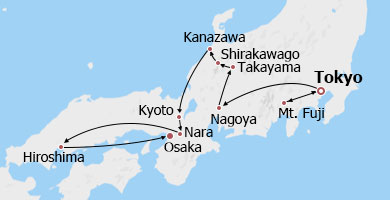
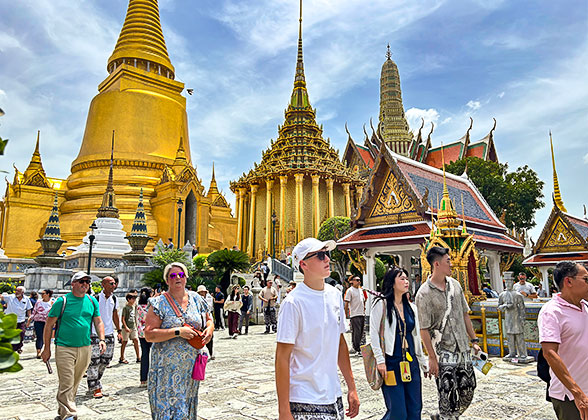 Best of Thailand with Phuket10 Days Bangkok - Ayutthaya - Chiang Rai - Chiang Mai - Phuket - Bangkok from USD2399 USD2111
Best of Thailand with Phuket10 Days Bangkok - Ayutthaya - Chiang Rai - Chiang Mai - Phuket - Bangkok from USD2399 USD2111
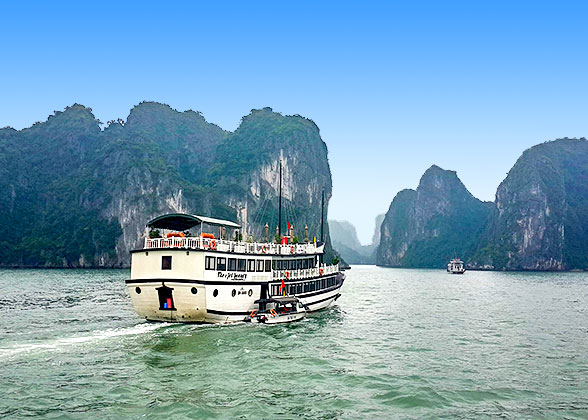 Vietnam Essence & Gourmet Tour9 Days Ho Chi Minh City - Mekong Delta - Ben Tre - Ho Chi Minh City - Hoi An - Hue - Hanoi - Ha Long Bay - Hanoi from USD1729 USD1521
Vietnam Essence & Gourmet Tour9 Days Ho Chi Minh City - Mekong Delta - Ben Tre - Ho Chi Minh City - Hoi An - Hue - Hanoi - Ha Long Bay - Hanoi from USD1729 USD1521
 India’s Golden Triangle & Rajasthan10 Days Delhi - Udaipur - Ranakpur - Jodhpur - Jaipur - Agra - Delhi from USD1799 USD1583
India’s Golden Triangle & Rajasthan10 Days Delhi - Udaipur - Ranakpur - Jodhpur - Jaipur - Agra - Delhi from USD1799 USD1583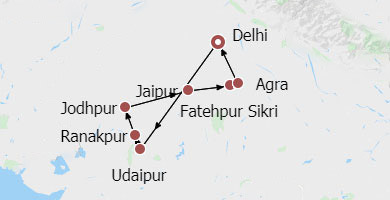
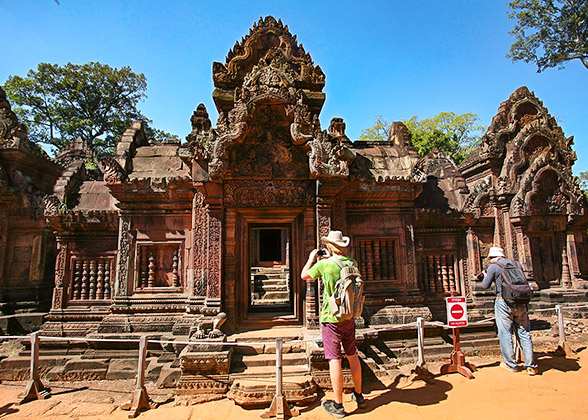 Best Cambodia Tour6 Days Siem Reap - Phnom Penh from USD1119
Best Cambodia Tour6 Days Siem Reap - Phnom Penh from USD1119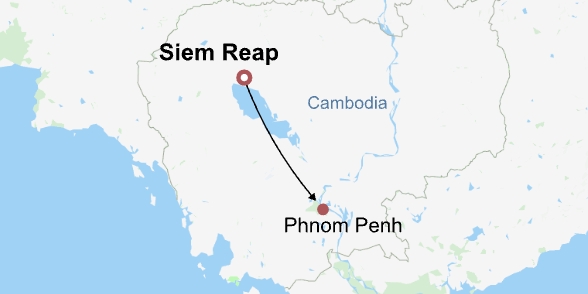
 Philippines Islands Hopping 12 Days Iloilo - Cebu - Moalboal - Coron - El Nido - Manila from USD3399 USD2991
Philippines Islands Hopping 12 Days Iloilo - Cebu - Moalboal - Coron - El Nido - Manila from USD3399 USD2991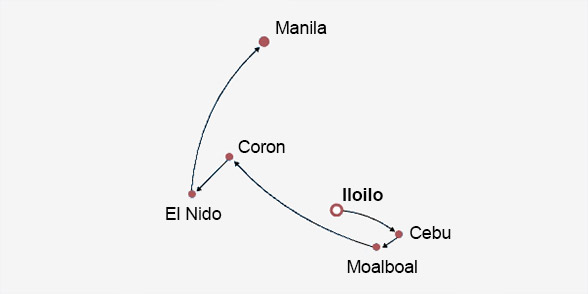
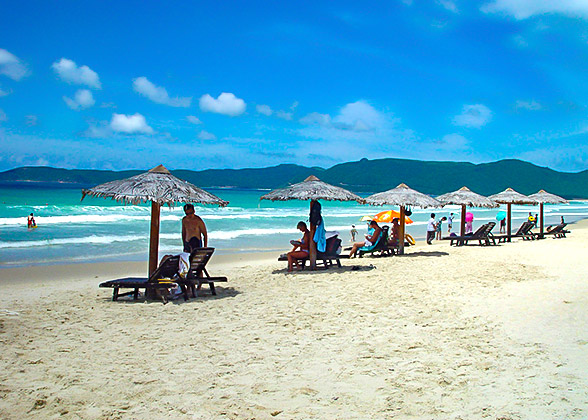 Indonesia Heritage, Volcano & Beach11 Days Jakarta - Magelang - Borobudur - Yogyakarta - Mount Bromo - Ijen - West Bali from USD3239 USD2850
Indonesia Heritage, Volcano & Beach11 Days Jakarta - Magelang - Borobudur - Yogyakarta - Mount Bromo - Ijen - West Bali from USD3239 USD2850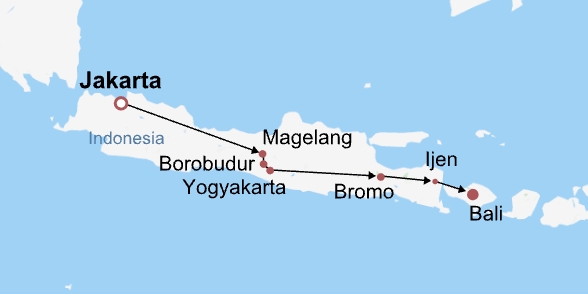
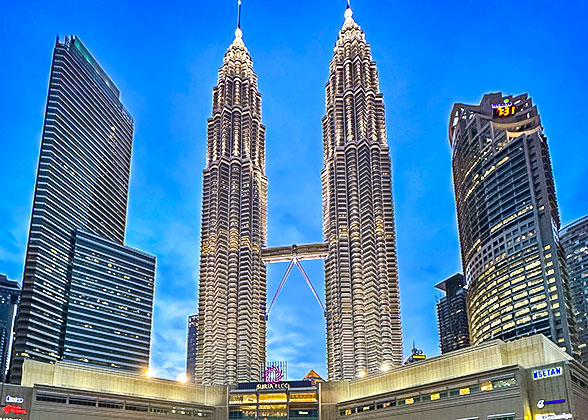 Malaysia Holiday Package10 Days Kuala Lumpur - Malacca - Taman Negara National Park - Cameron Highlands - Penang from USD2819 USD2480
Malaysia Holiday Package10 Days Kuala Lumpur - Malacca - Taman Negara National Park - Cameron Highlands - Penang from USD2819 USD2480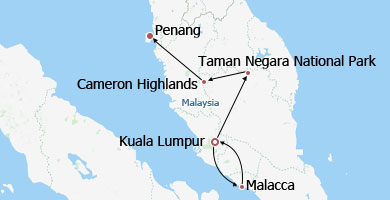
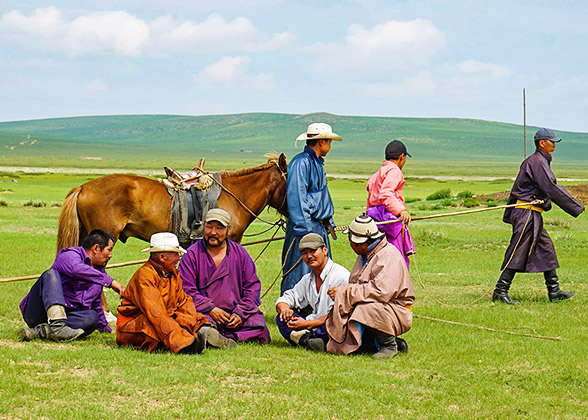 Mongolia Highlights & Gobi10 Days Ulaanbaatar - Eagle Valley - Khongor Sand Dunes - Flaming Cliffs - Karakorum - Hustai - Terelj - Ulaanbaatar from USD2849 USD2507
Mongolia Highlights & Gobi10 Days Ulaanbaatar - Eagle Valley - Khongor Sand Dunes - Flaming Cliffs - Karakorum - Hustai - Terelj - Ulaanbaatar from USD2849 USD2507